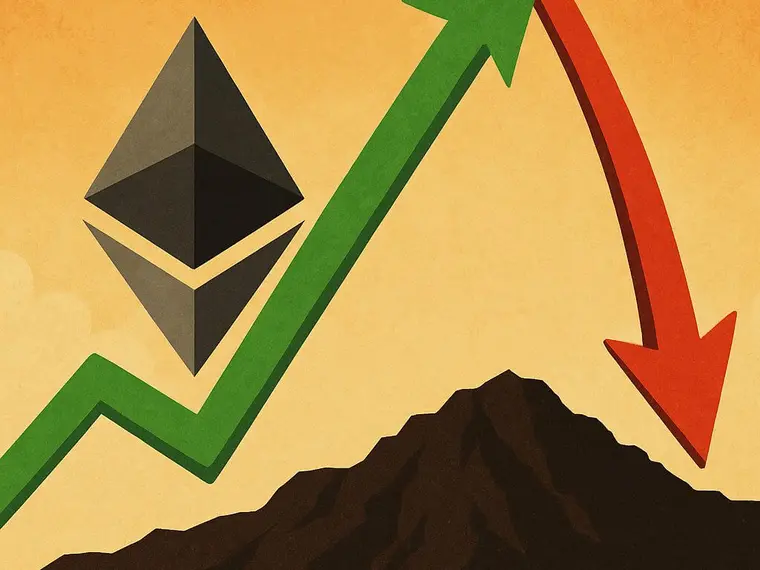Stellar Lumens (XLM) Powers IBM’s Vision for a Unified Global Payment System
- In 2018, IBM Blockchain World Wire was a real-time global payments network built on the Stellar blockchain.
- Stellar’s architecture was well-suited for payments, offering anchors, rapid consensus, and minimal fees, all aligning perfectly with IBM’s objectives.
IBM first announced a collaboration with Stellar in 2017 and later built IBM Blockchain World Wire, a real-time cross-border payments network that used the Stellar protocol.
The project was created to shorten settlement times, lower costs, and let banks issue stablecoins or use digital assets for final settlement.
World Wire launched into limited production in 2019 with several bank partners and pilot corridors. Still, IBM later shifted its approach, moving World Wire technology into client accelerators and open-sourcing parts of the code while reorganizing operational priorities.
The partnership increased real-world experimentation with public-blockchain settlement models and helped raise Stellar’s profile.
In an extensive post on X, Marco Salzmann, an asset analyst, explained the reach of the initiative:
Why IBM Chose Stellar
IBM explored a range of blockchain protocols before ultimately choosing Stellar, and the decision came down to both performance and practicality. Stellar’s consensus protocol (SCP) can handle thousands of transactions per second and finalize settlements in just three to five seconds.
This makes XLM ideal for global financial operations that demand speed and reliability.
Each transaction costs only a fraction of a cent, which reduces overhead compared to traditional payment systems. Its ISO 20022 compatibility —the same messaging standard used by banks worldwide —made integration smoother and more compliant with existing infrastructure.
Another advantage was Stellar’s ability to let banks issue their own stablecoins, digital tokens backed by fiat currencies, giving institutions flexibility and control.
Unlike proof-of-work blockchains such as Bitcoin (BTC) and Ethereum (ETH), Stellar is energy-efficient and operates without the high computational costs of mining.
And while ETH and Solana (SOL) dominate stablecoin activity, Stellar Lumen played a role in IBM’s design. It was a bridge between fiat-backed stablecoins; XLM enabled banks to complete cross-currency payments in USD, XLM, and EUR in a few seconds, cutting settlement times from days to near-instant.
Currently, XLM’s Total Value Locked is $148.44 million, which has increased by 0.46% in the last 24 hours. Its stablecoin market capitalization is $248.38 million, with USDC having a dominance of 95.26%. Marco explained, “This is no coincidence, it’s strategic positioning for the future of global payment networks.”
In late 2024, the Stellar network activated Protocol 23. Its primary goal was to enhance smart contract functionality and improve overall efficiency. The upgrade introduced parallel transaction execution for smart contracts, which allowed multiple operations to be processed simultaneously.
This boosted scalability to around 5,000 transactions per second (TPS). It also reduced latency, making decentralized finance and payment applications faster and more responsive than ever before.
Building on that progress, Protocol 24, implemented in late October, served as a fine-tuning update focused on stability and reliability. As Crypto News Flash reported, the protocol will address a bug in the state archival feature, ensuring smoother long-term operation for node operators.
As part of the rollout, all nodes were required to update their software to maintain compatibility with the latest version, further strengthening Stellar.
Stellar is currently trading above the $0.30 level and changes hands at around $0.3257 at the time of writing. XLM now faces notable resistance at $0.331; a decisive break above this level could push it toward $0.35.
]]>You May Also Like

Ethereum maakt zich op voor korte rally volgens bekende trader

Federal Reserve expected to slash rates today, here's how it may impact crypto
Market participants are eagerly anticipating at least a 25 basis point (BPS) interest rate cut from the Federal Reserve on Wednesday. The Federal Reserve, the central bank of the United States, is expected to begin slashing interest rates on Wednesday, with analysts expecting a 25 basis point (BPS) cut and a boost to risk asset prices in the long term.Crypto prices are strongly correlated with liquidity cycles, Coin Bureau founder and market analyst Nic Puckrin said. However, while lower interest rates tend to raise asset prices long-term, Puckrin warned of a short-term price correction. “The main risk is that the move is already priced in, Puckrin said, adding, “hope is high and there’s a big chance of a ‘sell the news’ pullback. When that happens, speculative corners, memecoins in particular, are most vulnerable.”Read more
